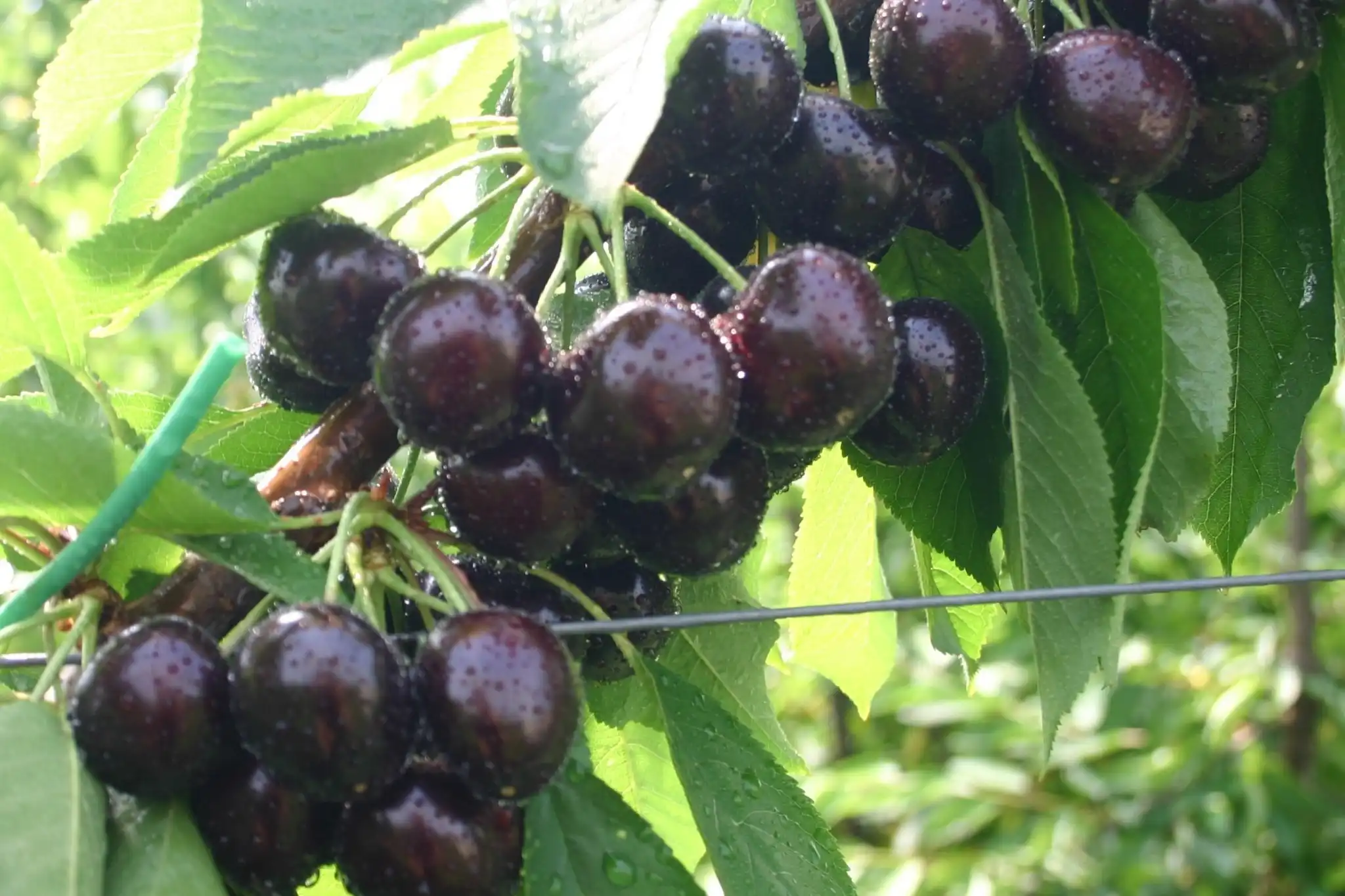The cherry, table grape, and European hazelnut are three of Chile's main fruit crops. Redagrícola spoke with three consultants to find out how the adoption of biological tools is progressing in nutritional and phytosanitary programs and how they have been received in orchards.
The progress of organic products has been explosive and is already evident in the fields of Chile's main fruit crops. So much so that within a few years, they have not only entered application programs but are already part of standardized programs in cherry orchards, table grape vineyards, and European hazelnuts.
What is still in development, however, is the degree of advancement of this "biological revolution" in the fields: complementary or fundamental part of the programs? This aspect is still under analysis. What is clear, however, is that bio-inputs have quickly transitioned from incipient to widespread use.
Despite the explosion of supply and biological applications, approaches and uses will always depend on the recommendations of each consultant and the willingness of the grower to adopt various alternatives, whether biostimulation or biocontrol.
In the following lines, consultants Walter Masman (cherry), Rodrigo Sapiain (table grape), and Nicolás Manterola (European hazelnut) describe the path they have had to follow to position themselves, in some cases, as a true alternative to conventional products.
In cherries, a complement
"Today there is such a broad and powerful offer of biological inputs that, in my opinion, there is so much information that one tends to get lost a bit," says Walter Masman, cherry consultant and specialist.
He emphasizes that, despite this sea of information, the rapid growth in the offer of biological alternatives, from research start-ups to chemical industry giants entering the sector, has allowed for maintaining competitive prices. "Costs are normal for a program. Today, the possibility of using these products often does not entail an increase in costs compared to conventional ones," he says.
"I use them in a complementary way to conventional ones. I am convinced that complementary use, if well utilized, generates a positive impact," adds the expert.
Therefore, he emphasizes the importance of maintaining balances. "When choosing a single format, for example, and using all synthetic materials, there is a risk of creating an imbalance. If instead, only the biological part is chosen, there is a risk of having an insufficient load level and not being able to control it. Therefore, we often need both alternatives to achieve positive results," he asserts.
In his recommendations, he indicates biological applications at the soil level, stimulating roots, but also aerially, with applications of biocontrol agents for some diseases.
In some orchards, he has conducted trials with mycorrhizae, finding that "from the perspective of tree stress, it has improved tree conditions, through stomatal conductance measurements, xylematic potentials, and NDVI images. We have seen that there was indeed a positive impact on the tree, so we know that the products work."
With his team, he has conducted studies to test the effectiveness of these products. "There are products that help mitigate bacterial canker or other fungi causing wood diseases. They are able to attenuate and mitigate the impact." In this sense, the consultant emphasizes that biological products are already part of the present and that the adaptation and adoption of these products by farmers are bridges being crossed, even though "it is a slow process."
But the positive impact that the use of Bacillus subtilis or Trichoderma has had has been demonstrated, "achieving significant effects so that diseases do not continue to advance," he says, adding that "today it is the same producer who asks to apply these bioproducts," thanks to the results obtained and the "word of mouth" that is being discussed among colleagues.
| Objective | Biological product | Key characteristics | Quantity |
|---|
| Botrytis - Alternaria | Puelche | Bacillus Subtilis - Tricoderma
| 150 g |
| Unigreen Bac | Microbial complex | 13.5 g |
| Kelpak | Ecklonia maxima (Biostimulant)
| 300 cc |
| Water conditioner | Sweetsei | Foliar fertilizer | 170 cc |
| Grafolite - Thrips - Drosophila suzukii. | Succes | Spinosad | 12 cc |
| Entrust | Spinosad | 7 g |
| Peel - Cracking | Parka | Phospholipids | 700 cc |
| Crackguard | Phospholipids
| 140 g |
| Lecimip | Phospholipids
| 300 cc |
| Bacterial canker in case of rain over 20 mm. | Nacillus | Bacillus spp | 100 g |
| Standard biological program by Walter Masman. |
Success has been such that the consultant emphasizes that biological products are now standardized in programs. "Naturally, there are areas where, due to the predominance of a certain disease or climatic condition, they allow us to do more things. The same goes at the soil level, where we may need to apply more products at the soil level to allow better root development. I would dare say that for disease control, there are many alternatives."
Masman specifies that his program includes, for example, biocontrol agents for diseases, although he insists, "It is not the only way; there are chemical products, but there is also this biological wing that is here to stay."
Read the full article: Redagrícola
Image: Redagrícola
Cherry Times - All rights reserved










